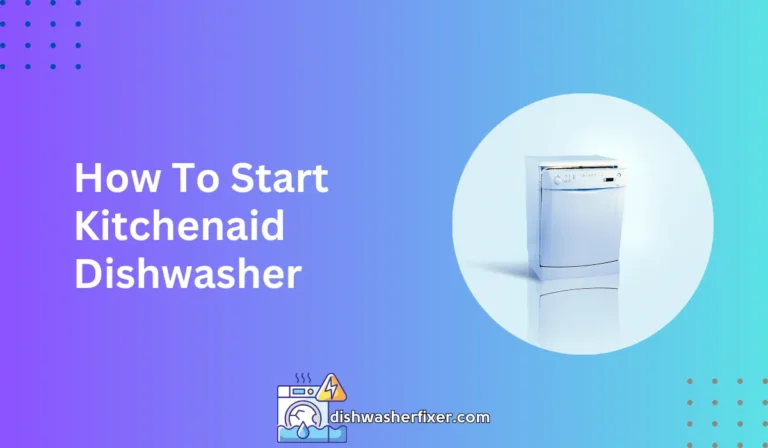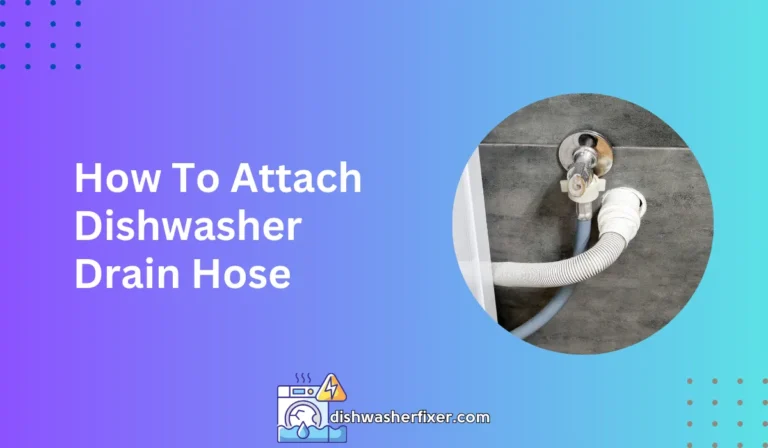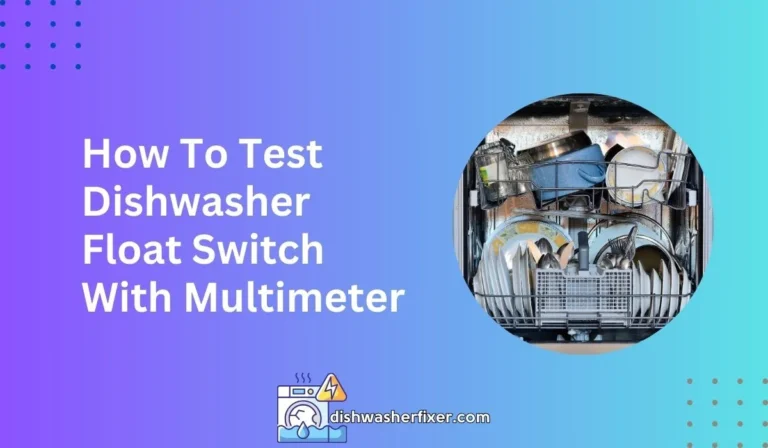How to Force Dishwasher to Drain: Quick Fix Guide
To force a dishwasher to drain, start by pressing the cancel button or selecting the drain cycle. If this doesn’t work, unplug the dishwasher, clear the drain filter of debris, and check the air gap or garbage disposal for clogs. Manually bail out water if necessary.
Troubleshooting the Dishwasher Drainage System
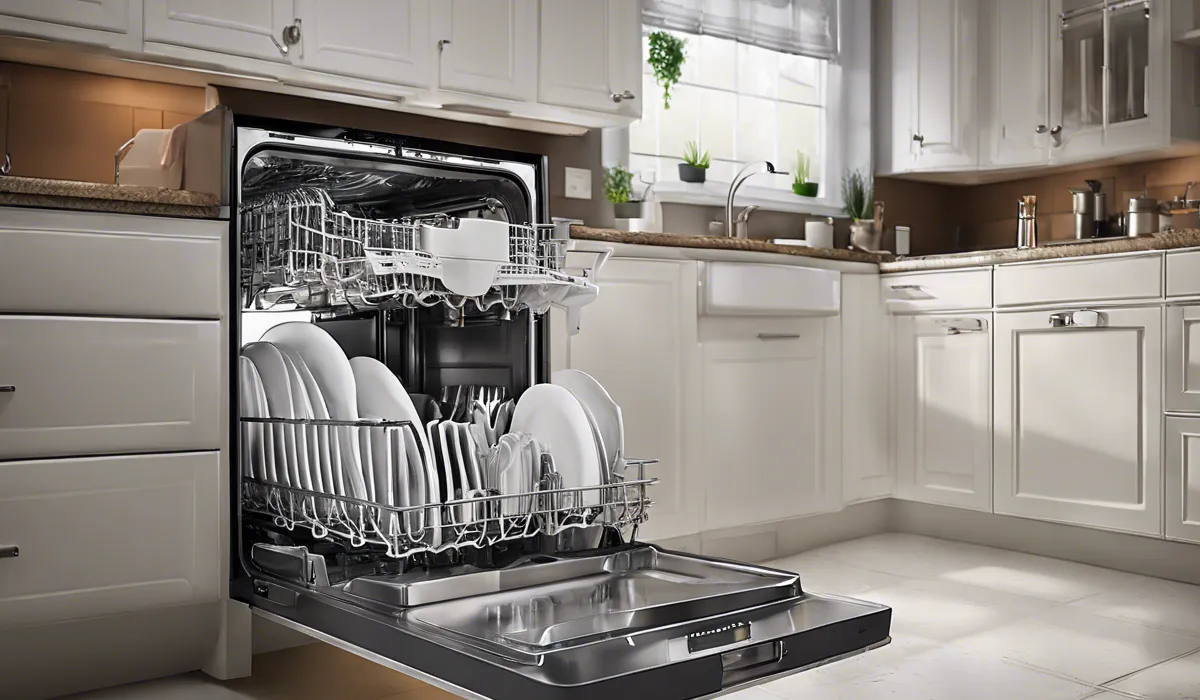
Identifying Clogs and Blockages
When your dishwasher doesn’t drain, the first step is to look for visible signs of blockage.
Check the bottom of the dishwasher for any food particles, utensils, or other objects that might obstruct the water flow. Be methodical in your search and remove any debris you find.
Assessing the Drain Hose
Next, trace the path of the drain hose from the dishwasher to where it connects with the sink or garbage disposal.
Gently feel along the hose for any kinks or obstructions that could prevent water from draining. If you discover a kink, carefully straighten the hose to restore water flow.
Checking the Garbage Disposal
If your dishwasher drains through the garbage disposal, run the disposal to clear any buildup that might affect drainage.
Ensure it’s free of large food items and that it’s functioning properly. If the disposal is clogged, it can prevent water from leaving the dishwasher.
Inspecting the Dishwasher Filter
The dishwasher filter is another common spot for clogs. Remove the filter, typically found at the bottom of the dishwasher, and rinse it thoroughly under running water. Clear out any accumulated food particles or debris to ensure proper drainage.
Examining the Float Assembly and Switch
The float assembly, which rises with the water level and activates the float switch, can sometimes get stuck or malfunction.
Inspect the float to make sure it moves freely and check the switch for any signs of faults. If the float is stuck, it could falsely signal that the dishwasher is already empty, preventing it from draining.
Manual Drainage Techniques
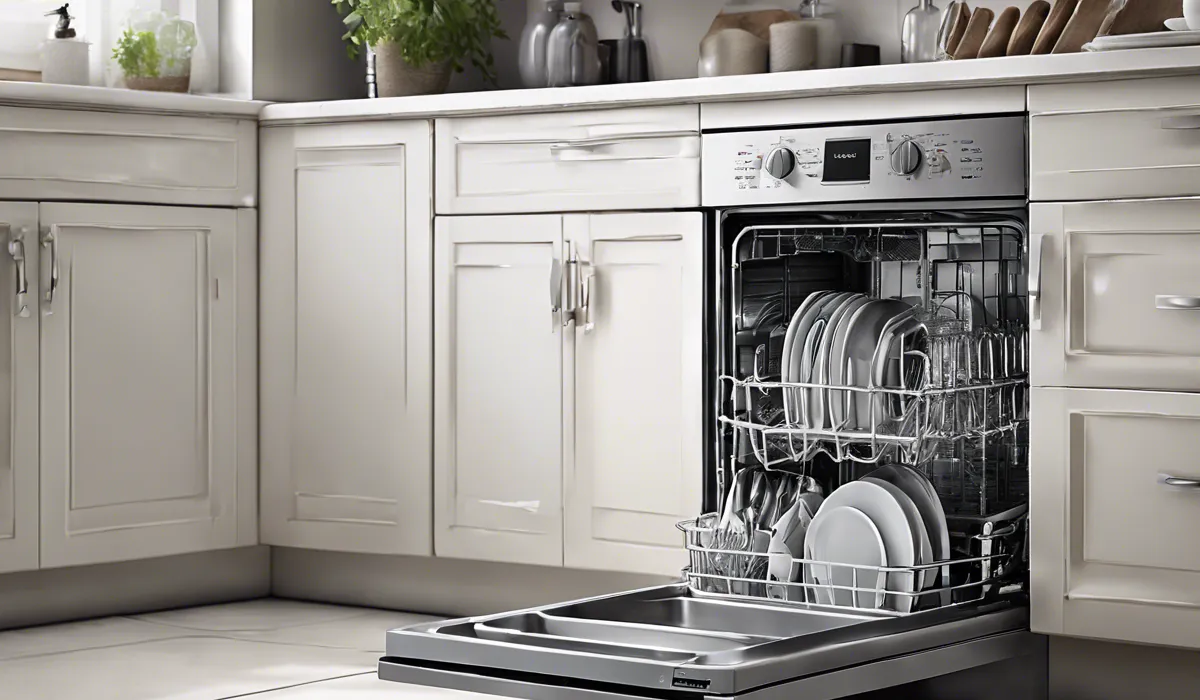
Safety Precautions
Before attempting any manual drainage, always unplug the dishwasher to prevent electrical shock.
Wear protective gloves to safeguard your hands from sharp objects that might be hidden in the water. Ensure your safety first before proceeding with any hands-on work.
Removing Standing Water
If water remains in the bottom of your dishwasher, soak it up with a sponge or towel. This process might take some time, but it’s essential to remove as much water as possible before you proceed to clean the drain path.
Cleaning the Dishwasher Sump
To access the sump, you may need to remove the bottom rack of your dishwasher. The sump is typically located beneath the spray arm. Clear out any debris that you find to ensure water can drain freely from the dishwasher.
Siphoning Water with a Hose
If water remains after you’ve bailed it out, you can use a hose to siphon it from the dishwasher.
Place one end of the hose into the standing water and the other end into a bucket or sink lower than the dishwasher. Suck on the hose to start the water flow, then let gravity do the rest.
Professional Solutions and Maintenance Tips

Knowing When to Call a Professional
If you’ve tried all the troubleshooting tips and your dishwasher still won’t drain, it’s time to call a professional. Persistent clogs, suspected pump issues, or electrical faults are beyond the scope of DIY fixes and require an experienced technician’s attention.
The Role of Regular Maintenance
Prevent future drainage problems with regular maintenance. Clean the filter regularly, run hot water cycles to clear out any residual debris, and inspect the drain path periodically for potential clogs.
A well-maintained dishwasher is less likely to encounter drainage issues.
Keeping the Drain Clear
Implementing simple habits can keep your dishwasher drain clear. Scrape off large food particles before loading dishes, and occasionally run the dishwasher empty with a cup of white vinegar on the top rack to clean out any residue.
Choosing the Right Detergents and Cleaners
Use detergents and cleaners that are specifically designed for dishwashers. Avoid using too much detergent as it can lead to buildup over time.
If you are unsure which products to use, consult the dishwasher’s manual or seek recommendations from appliance experts.
FAQs About Forcing a Dishwasher to Drain
How do I start the draining process on my dishwasher?
Press the “Cancel” or “Drain” button on the control panel to initiate the draining process.
What should I do if pressing the cancel button doesn’t drain the dishwasher?
Check the user manual for reset instructions, ensure the dishwasher is properly plugged in, and inspect the control panel for any error codes.
How do I manually remove water from my dishwasher if it won’t drain?
Use a cup or sponge to remove standing water, then check and clean the filter and drain hose.
What could be causing my dishwasher not to drain?
Potential causes include a clogged filter or drain hose, a faulty drain pump, or an issue with the garbage disposal.
Where should I check for clogs if my dishwasher is not draining?
Check the filter, drain hose, and garbage disposal for any blockages or debris.
Final Thoughts
To effectively force a dishwasher to drain, initiate by pressing the cancel button or selecting the drain cycle.
If unsuccessful, disconnect the power, clean the drain filter, and inspect the air gap or disposal for blockages. In persistent cases, manually removing the water may be required to ensure the dishwasher drains properly.

